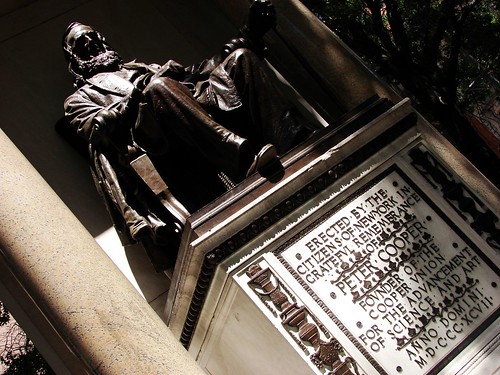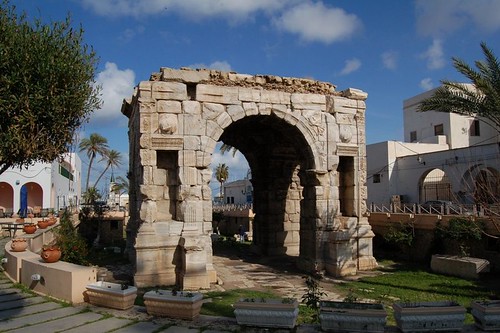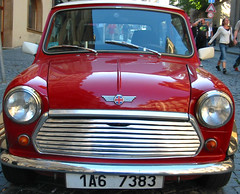 Peter Cooper founded Cooper Union in 1859 in New York City. Today, Cooper Union is one of the most selective colleges in the nation and one of the very few which does not charge its students any tuition. Cooper Union's Great Hall was the site of the school's inauguration whose primary address was given by Mark Twain. Months later, when Abraham Lincoln came to New York, he came to Cooper Union to give what would become his famous "Right Makes Might" speech at the Great Hall.
Peter Cooper founded Cooper Union in 1859 in New York City. Today, Cooper Union is one of the most selective colleges in the nation and one of the very few which does not charge its students any tuition. Cooper Union's Great Hall was the site of the school's inauguration whose primary address was given by Mark Twain. Months later, when Abraham Lincoln came to New York, he came to Cooper Union to give what would become his famous "Right Makes Might" speech at the Great Hall.You can read my travel article about New York HERE>>>



















